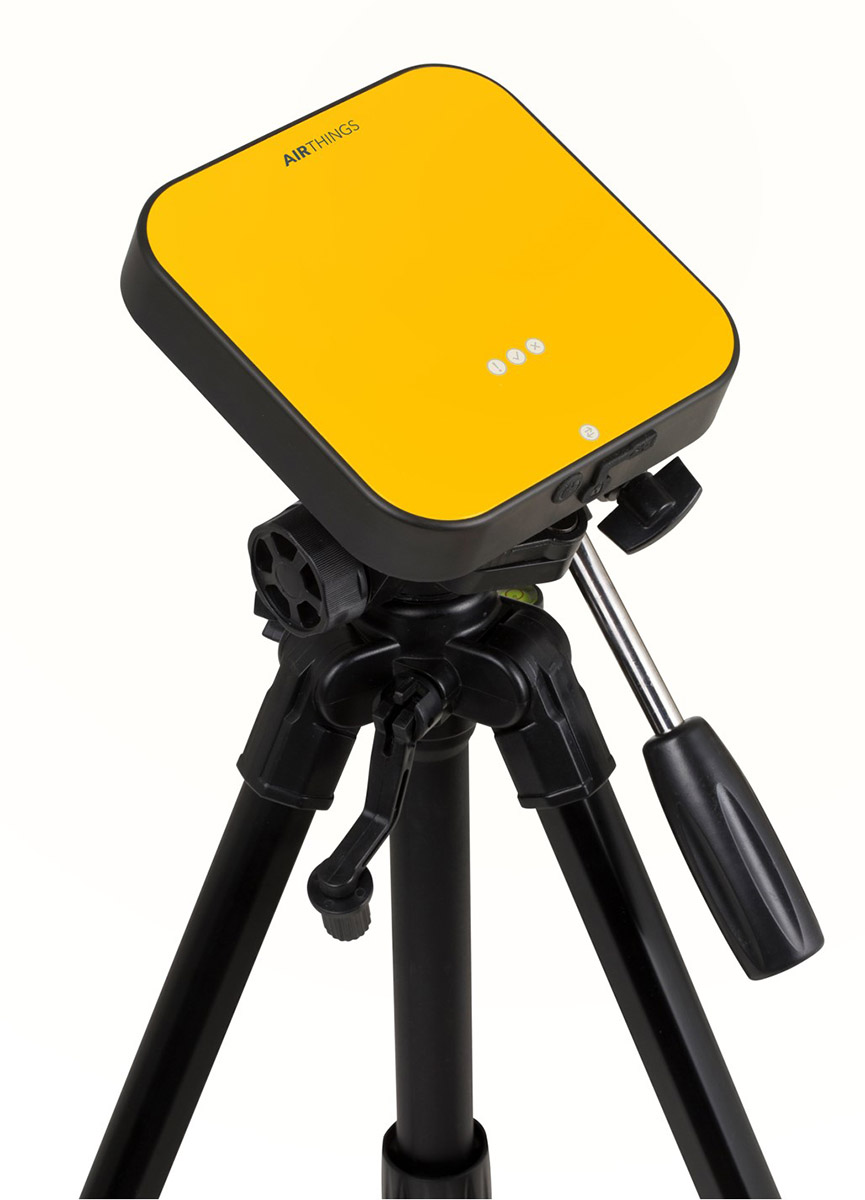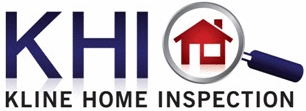Radon Testing Services

Kline Home Inspection is certified by AARST-NRPP to provide professional radon testing with the Sun Nuclear 1029 continuous radon monitor. We place our tests for 48-72 hours.
SKEPTICAL? Read about common radon myths, and learn the facts.
Radon is a carcinogenic gas that is hazardous if inhaled. The build-up of radon in homes is a health concern, and each year, thousands of lung cancer cases are attributed to radon exposure. It is estimated that over 20,000 Americans die of radon-related lung cancer each year. The Surgeon General of the United States has issued a Health Advisory warning Americans about the health risk from exposure to radon in indoor air.
You cannot see, smell, or taste radon. But it still may be a problem in your home. When you breathe air containing radon, you increase your risk of getting lung cancer. In fact, the Surgeon General of the United States has warned that radon is the second leading cause of lung cancer in the United States today. If you smoke and your home has high radon levels, your risk of lung cancer is especially high.

Testing is the only way to find out your home’s radon levels
Even top levels can be reduced to acceptable levels. Radon has been found in homes all over the United States. It comes from the natural breakdown of uranium in soil, rock, and water and gets into the air you breathe. Radon typically moves up through the ground to the air above and into your home through cracks and other holes in the foundation. Radon can also enter your home through well water. Your home can trap radon inside.
Any home can have a radon problem. This means new and old homes, well-sealed and drafty homes, and homes with or without basements. In fact, you and your family are most likely to get your greatest radiation exposure at home. That is where you spend most of your time. Nearly 1 out of every 15 homes in the United States is estimated to have an elevated radon level. Central Kentucky is especially prone to elevated radon levels because of its cavernous geology.

EPA’s Radon Testing Checklist:
- Notify the occupants of the importance of proper testing conditions. Give the occupants written instructions or a copy of this Guide and explain the directions carefully.
- Conduct the radon test for a minimum of 48 hours; some test devices have a minimum exposure time greater than 48 hours.
- When doing a short-term test ranging from 2 to 4 days, it is important to maintain closed-house conditions for at least 12 hours before the beginning of the test and during the entire test period.
- When doing a short-term test ranging from 4 to 7 days, EPA recommends that closed-house conditions be maintained for the duration of the test.
- Hire only a qualified individual to perform your test.
- The test should include method(s) to prevent or detect interference with testing conditions or the testing device itself.
- If the house has an active radon-reduction system, make sure the vent fan is operating properly. If the fan is not operating properly, have it (or ask to have it) repaired and then test it.

What you need to do to protect your home:
If your home has not yet been tested for radon, have a test taken as soon as possible.
The radon test result is important information about your home’s radon level. If you do the test yourself, you should follow the testing protocol for your area or EPA’s Radon Testing Checklist. If you hire a contractor to test your residence, protect yourself by hiring a qualified individual or company.
Ask the contractor if they hold a professional proficiency or certification credential. Such programs usually provide members with a photo ID card, which shows their qualification(s) and its expiration date. If in doubt, check with their credentialing organization. Alternatively, ask the contractor if they’ve successfully completed formal training appropriate for testing or mitigation, e.g., a course in radon measurement or radon mitigation.
You should also about the type of testing equipment the contractor uses; there are vast differences in the accuracy, amount of information, and precision of different tests. Some tests only provide radon averages over a period of days or weeks, while others, such as the tester we use, the Sun Nuclear 1029 continuous radon monitor, provide detailed information on radon levels, temperature, humidity, and other factors hourly.

If you are considering selling your home:
Test your home before putting it on the market. You should test in the lowest level of the home that is suitable for occupancy. This means testing in the lowest level that you currently live in or a lower level not currently used but that a buyer could use for living space without renovations.
If you have already tested your home for radon, review the Radon Testing Checklist to make sure that the test was done correctly. If so, provide your test results to the buyer.
No matter what kind of test you took, a potential buyer may ask for a new test, especially if one of the following is true:
- The last test is not recent, e.g., within two years;
- You have renovated or altered your home since you tested; or
- The buyer plans to live in a lower level of the house than was tested, such as a basement suitable for occupancy but not currently lived in.
A buyer may also ask for a new test if your state or local government requires disclosure of radon information to buyers.
Pricing
With home inspection = $150
Without home inspection = $250
Radon Mitigation Services
Call Kline Home Inspection Today!
What you need to know, before you need to know it.
